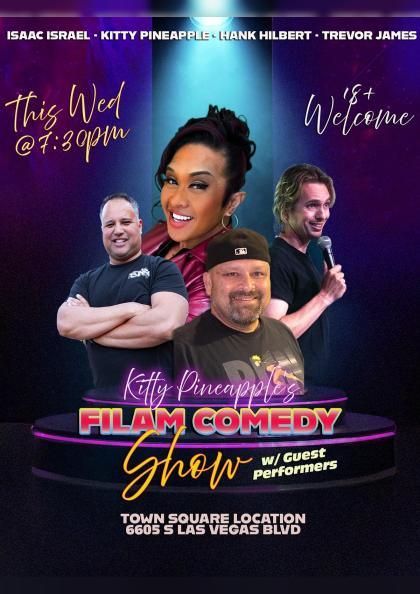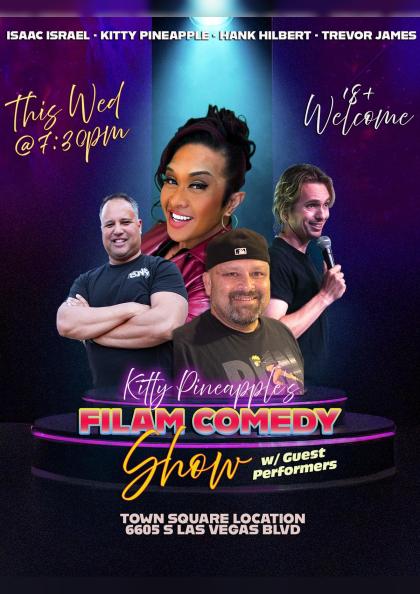Creating Content that Speaks Volumes in Multiple Languages
If you work in a global business, you'll need to produce multilingual content — and by that I mean content that's created in whatever native language your guests speak, not just English!

This is important for two reasons
Content is most effective when it leverages the full power of the language it's written in, including puns, original references, alliteration,etc. However, you'll fail to engage them with the words and expressions that have the most artistic and verbal significance for them, if you just speak to your global guests in their alternate language (in utmost cases English).
Search Machine optimization (SEO) is more important than ever, and creating content in anon-English language will help you rank in SERPs (hunt machine affect runners) served in that language. This is especially true if your challengers are n’t creating multilingual content — and any edge you can gain in the world of SEO is one worth pursuing.
But numerous marketers don’t see the value in creating multilingual content. I work in the Middle East, and the vast maturity of companies develop content solely in English, despite the vast and rich Arabic-speaking population. Indeed, Arabic content constitutes just 2 percent of global digital content (as of 2013, per ESCWA) despite being the native language of 290 million plus people! That's an enormous request to leave untapped.
So why aren’t we creating multilingual content? The primary reason is that it can be delicate and precious to produce content in multiple languages, especially when English-only content has always sounded to be “good enough”. But there are ways to produce multilingual content in a cost-effective manner; below you'll find a process to do just that
Preparing for multilingual content creation. In an ideal situation, you should have the following labor force involved in multilingual content creation:
- A native speaking editor
- A native speaking pen/creator
- A global lead
Having a devoted editor and pen who are native speakers of your target language is incredibly important for producing effective, quality content marketing. Not only will they be more familiar with the nuances of the language, but their work will probably profit from being created in a terrain where they can admit feedback from other platoon members who partake in their area of moxie.
Immaculately, your pen shouldn't only speak the target language, but also the original shoptalk of the followership you want to engage with your content. For illustration, there's a great friction in the Arabic shoptalk spoken around the Gulf region; there are also significant differences between the Spanish that's spoken in Spain and what might be spoken in Ecuador, or Mexico. Of course, this isn’t always practical given popular pressures.

The process for multilingual content creation
This process of multilingual content creation is laid out below, and it can be applied to copy, infographics, white papers, or any other form of content marketing.
Step 1 A global marketing lead commissions a piece of content and articulates the crucial points she wants to see covered. A full briefing form should be developed that communicates the purpose and pretensions for that particular piece of content, including:
- crucial marketing dispatches
- Followers
- Details on asked style and tone of voice
- A rough figure of the proposed composition content and discussion
Also, the global lead should give any data and media means that need to be included in the work, such as statistics, links, filmland, ensigns,etc.
Step 2 The native-speaking editor takes the brief and translates it into the target language before transferring it along to the native-speaking content creator/pen.
Step 3 The pen creates content grounded on the detail, and returns the dupe to the editor for review.
Step 4 The editor reviews the content against the detail to make sure all needed points have been covered, and suggests changes and corrects minor/factual crimes. The editor and the creator go back and forth until they're both satisfied with the final product.
Step 5 Eventually, the editor returns the brief to the global lead (who presumably can not speak the native language) and confirms that all asked aspects have been completed directly. The piece of content goes live, and is tracked and assessed grounded upon your company’s regular dimension practices.
But my budget can’t cover all this!
The process sketched out over is an ideal, and you wo n’t be suitable to execute it in every case, especially if you need to develop content in several different languages all at the same time. You may also need to acclimatize some way to fit with your regular content marketing processes, which might involve fresh tasks (e.g., creating an editorial timetable, conducting request exploration, acclimatizing content for delivery on certain platforms,etc.).
For these reasons, I recommend you start your multilanguage program sluggishly, rolling out content in one new language at a time. This will give your platoon time to upgrade the process as you move forward, as well as an occasion to demonstrate the success that will justify your uninterrupted sweats.
You can also streamline the process above by combining the places of multilingual editor and pen, If necessary. In this situation, your multilingual editor would admit the detail from the global lead, and would also produce and tone-edit the content without having to first restate the detail.
Still, while this may reduce your staffing costs, there are downsides to this model, as well — primarily that it eliminates the checks and balances of a platoon trouble, and may affect in miscalculations slipping through the cracks. To combat this, you can periodically contract an alternate native speaker to edit, assess and score arbitrary, individual content pieces against the detail (think of it like an improvisational spot-check from the health inspector at your original café). This will keep your editors on their toes and also give them precious feedback on their work.

Rapid-fire content creation
Some of the stylish content marketing happens when brands can work evolving news stories and trends in their content. You'll want to do this in all your requests, occasionally with motifs that are only applicable in one position. This is a significant challenge, as the process outlined above workshop best with content that has been planned against an editorial timetable and has a bit of scheduling inflexibility.
My advice then's to only pursue “news jacking” openings once you have multilingual editors who are confident and have a track record of good judgment. Also, you'll need to give them with a clear detail about what type of stories they can reply to, and how to do so in a way that's applicable for your brand. They can also be given latitude to produce content on the spur of the moment — handed it aligns with their briefing. You should also consider asking your editors to run all content ideas by your global lead before publishing them — indeed if it’s just a late-night textbook to make sure they've sign-off.
A worthwhile investment
Investing in multilingual content is pivotal. It'll allow you to engage with guests and present them with a brand image that speaks to them in words they truly understand.
The process defined over will bear an investment, but if your business is serious about piercingnon-English-speaking requests, and serious about doing so with quality content marketing, it’s a immolation you won’t lament making.





























